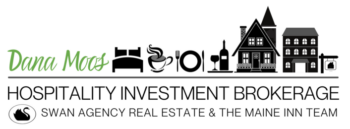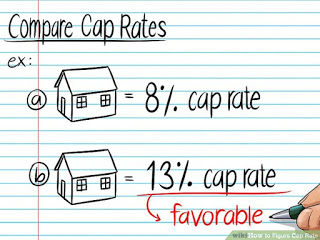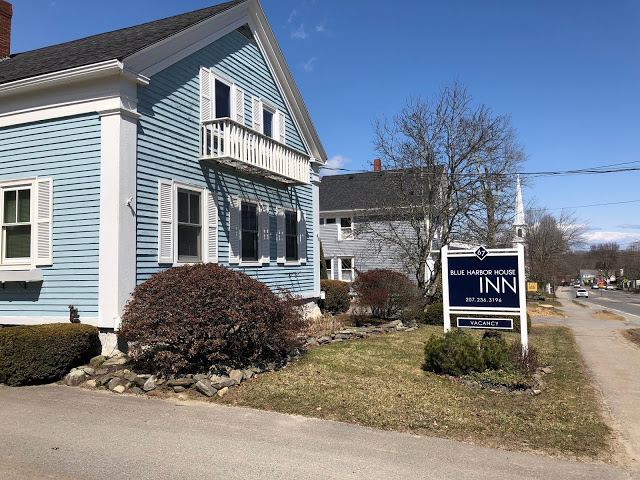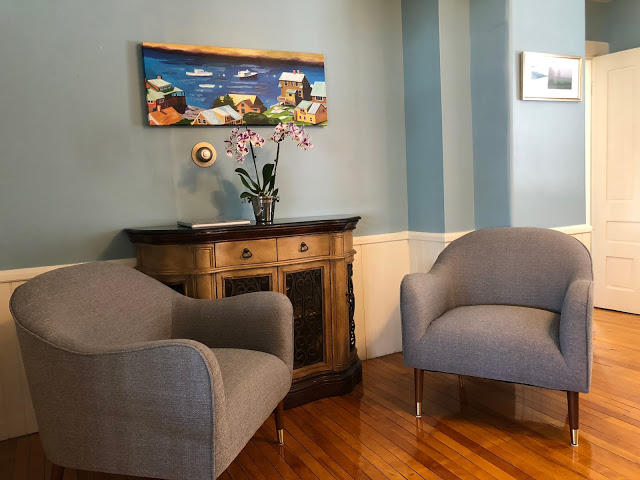Cap rate, (capitalization rate), is a rate that helps us value a real estate investment. Cap rate equals the net operating income (NOI) divided by the purchase price. The cap rate shows the potential rate of return on the investment. So the higher the cap rate, the better. With me so far?
Let me take a step back. NOI is what’s crucial here. The NOI is gross revenue, less operating expenses (without owner compensation, interest, depreciation) equals NOI. So let’s say an inn has a gross revenue of $300k. Let’s assume they have operating expenses of $165k. That leaves $135k for NOI. Let’s say the agreed upon sale price is $1.6m. We take the NOI and divide it by the $1.6m to come up with 8.4%. That is the resulting cap rate. So if the buyer was only willing to pay $1.5m and seller agreed, the resulting cap rate would be 9%. A little higher, so the buyer is happy.
I’ll take it one step further. Let’s say another property is under contract for $1.5m. The gross revenue is also $300k but the operating expenses are higher at $185k. That leaves a NOI of $115k. So the NOI divided by the contract price is 7.6%. That means the buyer is willing to pay more for this property, with the same contract price, the same revenue, but higher operating expenses. So why would a buyer be willing to do that? Several reasons. It could be that the seller continued to put money back into the property to improve it. Maybe the property is in pristine condition with very little deferred maintenance. A buyer may be willing to pay more for a lower cash flow value. Maybe they won’t have to put as much money into the asset as the person paying a 9% cap rate. The cap rate is really all about the judicious control of expenses while maintaining and improving the condition (and keeping revenue up).
Does it make more sense now?
With inns varying in size from 6 to 16 rooms or more, we often see cap rates in the 8-9% range. Sometimes a bit lower, sometimes a bit higher. Hotels and motels are usually higher. You might wonder why, but cost of goods is a big part – no gourmet breakfast, afternoon homemade baked goods, no wine and cheese hour (you get it). Less amenities, less costly in general.
So what does this mean to you? You want a high cap rate, a seller wants a low cap rate. High means you’re getting a better deal, low means they are. In between is often where the parties end up. If a buyer wishes they could have paid less and a seller wishes they could have gotten more, but end up at the closing table somewhere in the middle, both parties are pleased.
SO WHAT DOES THIS HAVE TO DO WITH BLUE HARBOR HOUSE IN CAMDEN?? An 11% cap rate for an 11 room B&B in a destination location with a full gourmet breakfast is very good. And there’s a separate owner’s house onsite to boot.
Contact me to discuss details about this one or any other listing I have. I can talk numbers all day long!




